On the Brink
A haunting exhibit in a wildlife refuge center highlights threatened species and the conservation efforts needed to save them.
Inside the visitor center of the Patuxent Wildlife Research Center is an ethereal, dimly lit room filled with clouded columnar glass display cases. Inside each of these cases, you’ll find a model or taxidermied specimen of an endangered animal from North America, along with a brief description of the specimen’s range and conservation status.
The displays within the exhibit describe the plight of iconic animals like the California condor, gray wolf, desert tortoise, black-footed ferret, and sea otter. They also contain the many other species whose existence hangs in the balance and may soon fade from the Earth unless measures are taken to preserve them.
One exceptionally noteworthy animal to look for within the exhibit is the endangered whooping crane, the tallest bird in North America. Conservation efforts at Patuxent Wildlife Refuge were crucial to the continuing survival of the species. In 1964, there were only 42 whooping cranes remaining in the world, so 12 eggs and several captured adults were sent to the refuge for scientists to begin a captive breeding program.
Over the decades, at Patuxent and other refuges in the United States and Canada, the population of captive whooping cranes slowly rose and in 2001, Patuxent began a program to reintroduce whooping cranes into the wild. As of 2015, the world population of whooping cranes was estimated at a little over 600, with 161 remaining in captivity. In 2017, however, the government didn’t renew funding for the $1.5 million whooping crane program at Patuxent and instead opted to let it expire.
The Patuxent Research Refuge was established in 1936 by President Franklin Delano Roosevelt in the Maryland wetlands outside of Washington, D.C. While originally only encompassing 2,670 acres, the refuge has expanded over the years and currently protects 12,841 acres, with most of its growth resulting from land transferred from neighboring properties owned by the departments of Agriculture and Defense.
The wetlands maintained by the refuge are critical for protecting the migration routes used by birds that pass through seasonally, as well as the birds that nest in the region year-round. One of the over 270 species of bird that inhabits the refuge throughout the year is another iconic American animal: the bald eagle.
Know Before You Go
The visitor center is open daily, except for Thursdays and federal holidays, from 9:00 a.m. to 4:30 p.m. Free guided tram rides through the refuge are offered every Saturday at 11:30 a.m., 1:00 p.m., and 2:00 p.m.


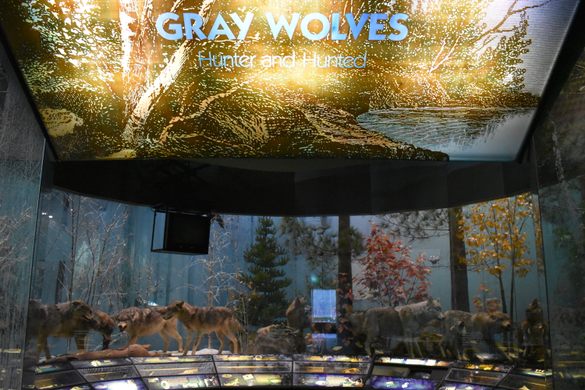
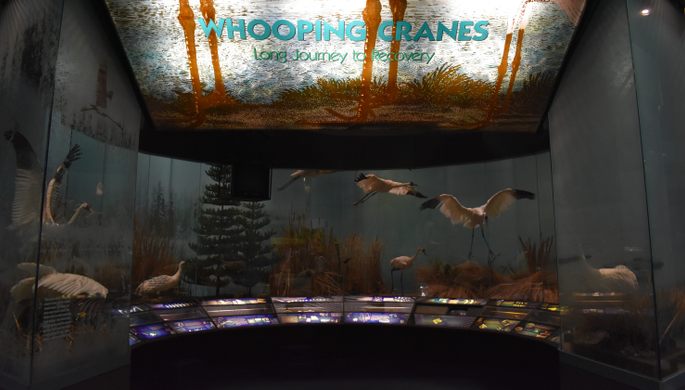
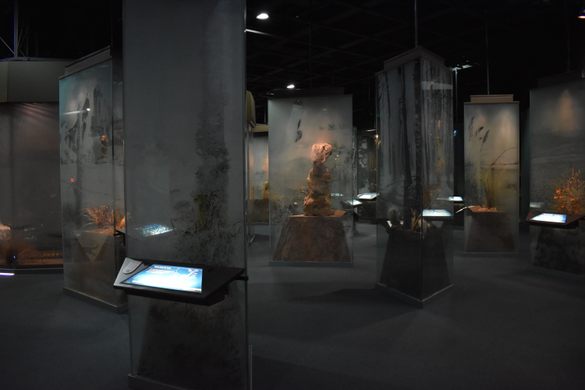
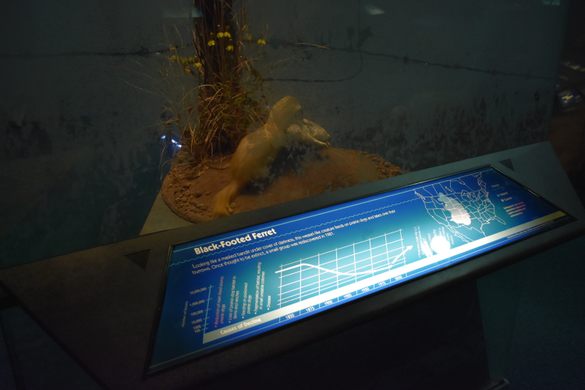










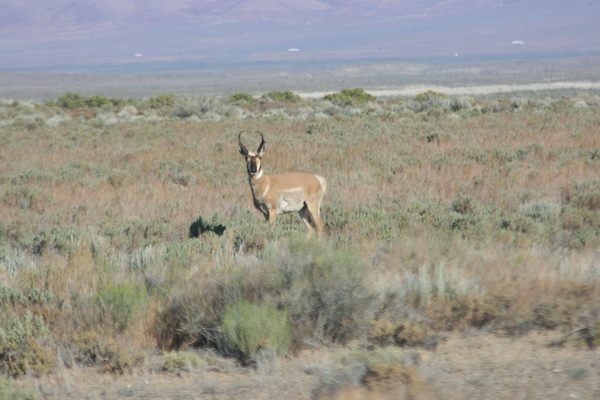

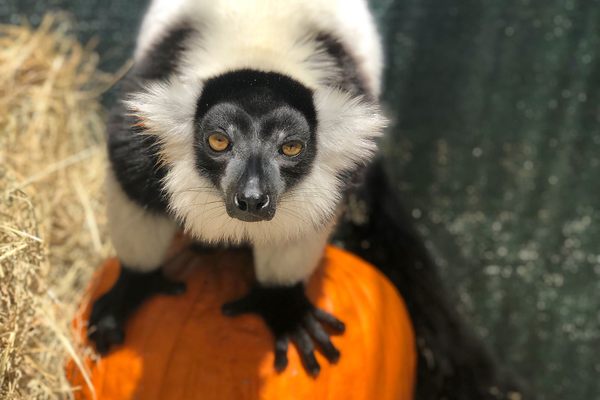


Follow us on Twitter to get the latest on the world's hidden wonders.
Like us on Facebook to get the latest on the world's hidden wonders.
Follow us on Twitter Like us on Facebook